The Antique Art of Cable Lacing
Gareth's Tips, Tools, and Shop Tales - Issue #65
The Antique Art of Cable Lacing
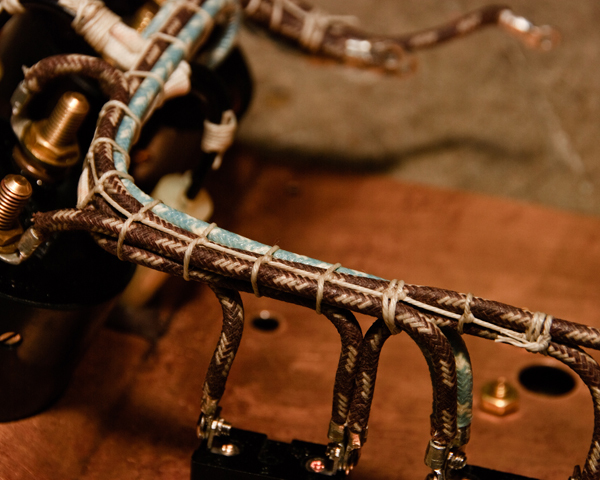
The cable ties that bind.
The Joys of Bluing
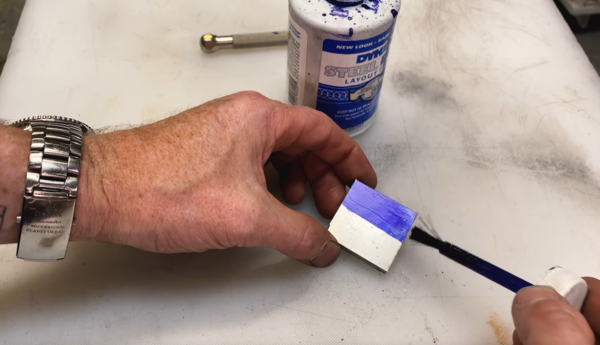
Blue Steel!
In this Adam Savage tool tips video, he extols the virtues of machinist’s layout fluid. Aka “bluing,” this blue ink is brushed onto steel stock that you’re planning to cut and/or drill and then a scribe is used to mark out your cutting and other layout marks. In the video, he recommends his favorite Starrett scribe and layout fluid.
Lazy Person’s Pinstripping
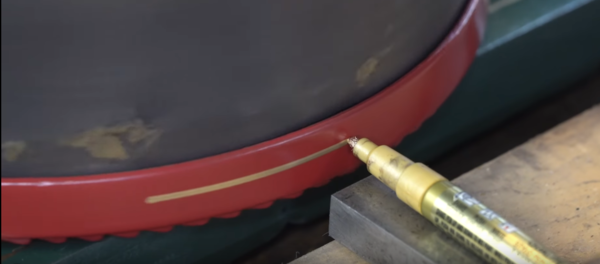
Gold makes it fancy.
On Hand Tool Rescue, as Eric restores a Victorian food chopper, he reminded me (25:40) of this simple and effective method of painting perfect lines around a circular object. He tapes down a gold marker at the height he wants his line and then rotates the cylinder to paint the line.
TOYS! Spring-Bottom Oiler
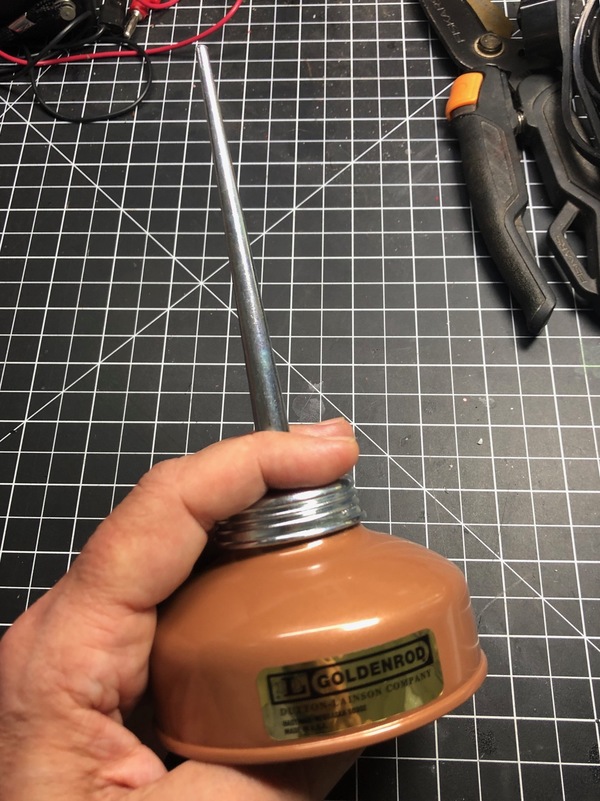
Old school!
This is one of my very first memories of a tool. My granddad had a spring-bottom oiler on his basement workbench. It was one of the first tools that I associated with making. I loved the click-clack sound that it made when you pressed on the bottom. I still do. I have a soft spot for all of the Goldenrod oilers. Even the modern ones feel like old-school tools.
Making Your Own “Japanning”
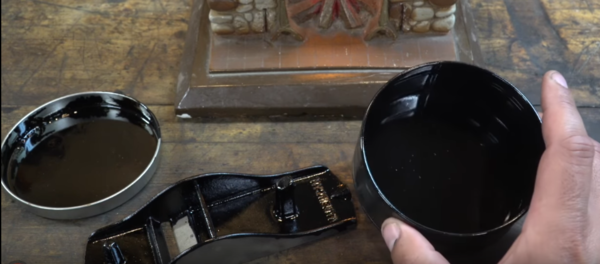
Black, always in style.
Japanning is black tool finish commonly found on hand planes, antique sewing machines, and other older (and some modern) tools. It is a 17th century European interpretation of traditional Japanese black lacquering (dating all the way back to 2000 B.C.). There are many different recipes for making your own Japanning. On Hand Tool Rescue, Eric tested a number of formulae and ended up recommending a mixture of 50% turpentine, 30% asphaltum/gilsonite, and 20% boiled linseed oil. See the video and video description for the full details of the recipe.
Making a WD-40-like Penetrant
Everyone loves to reach for the WD-40 when a penetrating oil is called for. But did you know that you can cheaply and easily make your own? There are dozens of recipes out there (do a YouTube search). Here are two that get high marks from many basement penetrant chemists:
Recipe 1: 4 parts charcoal lighter fluid, 4 parts mineral spirits (or paint thinner), 1 part lightweight motor oil.
Recipe 2: A 50/50 mix of acetone and transmission fluid
The Essential Craftsman Reviews Carolina Boots
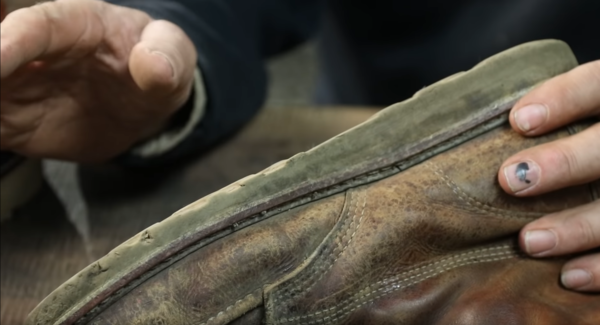
This Old Shoe.
If there is a go-to shoe within the maker community, it is likely the Carolina boot. Maybe that’s because, as a company, the company is very smart about sending out free boots to YouTubers and other online influencers. (I’m still waiting for mine, Carolina!) In this Essential Craftsman video, Scott breaks down why he’s sold on the 8″ Domestic Moc Toe Wedge work boot.
RIP, Sharon of Figments Made
![Sharon in her element. [Photo by Jon Williams]](https://kk.org/cooltools/files/2020/10/sharon.jpeg)
Sharon in her element. [Photo by Jon Williams]
Sharon may have made me feel special, but I was far from alone. She was this supportive and generous of spirit to everyone. When news of her passing began to circulate, everyone shared stories of her generosity, huge heart, and her wicked sense of humor. Sharon genuinely loved the maker community, loved making things herself, and she really enjoyed sharing what she knew with others, especially children.
I only knew Sharon a little, but that little meant a lot. Her impact had weight. May we all be so lucky in our lives.

The smiles have it.
Maker’s Muse

What could possible go wrong?
(Gareth’s Tips, Tools, and Shop Tales is published by Cool Tools Lab. To receive the newsletter a week early, sign up here. — editors)






